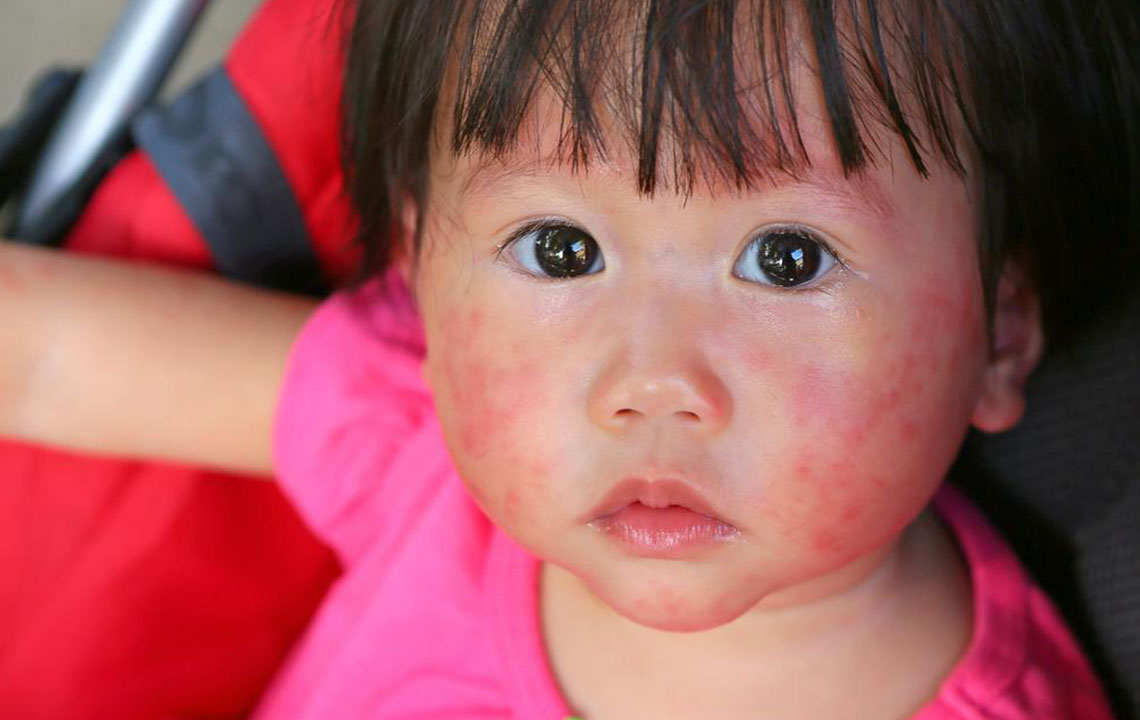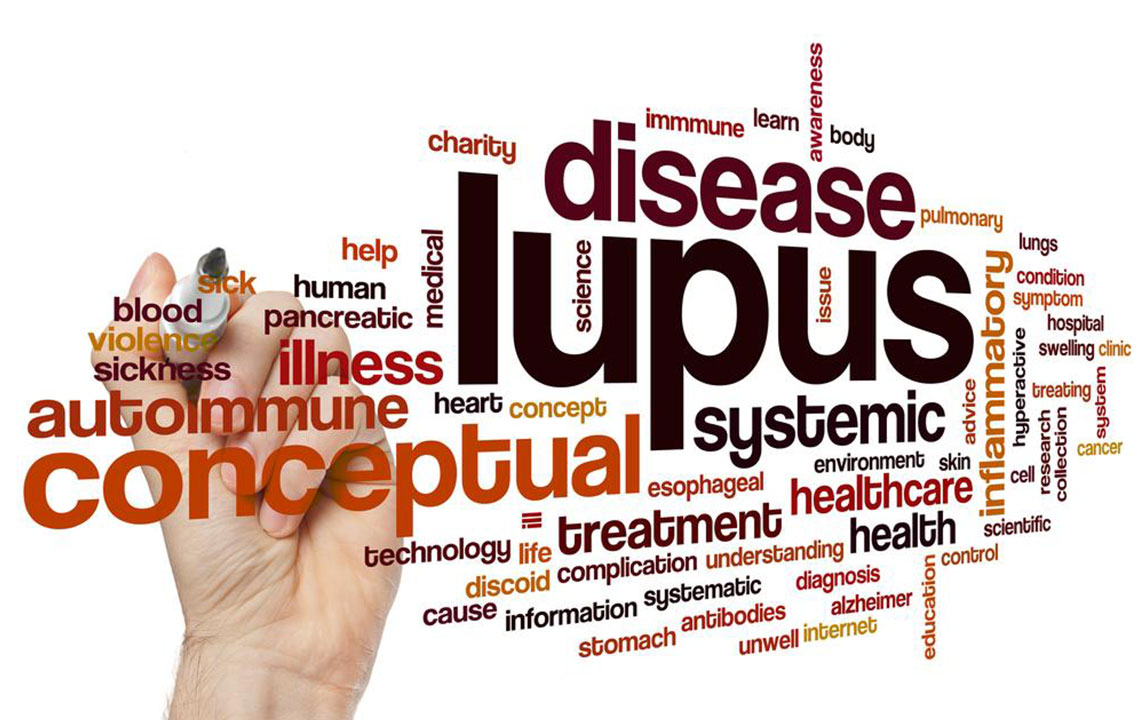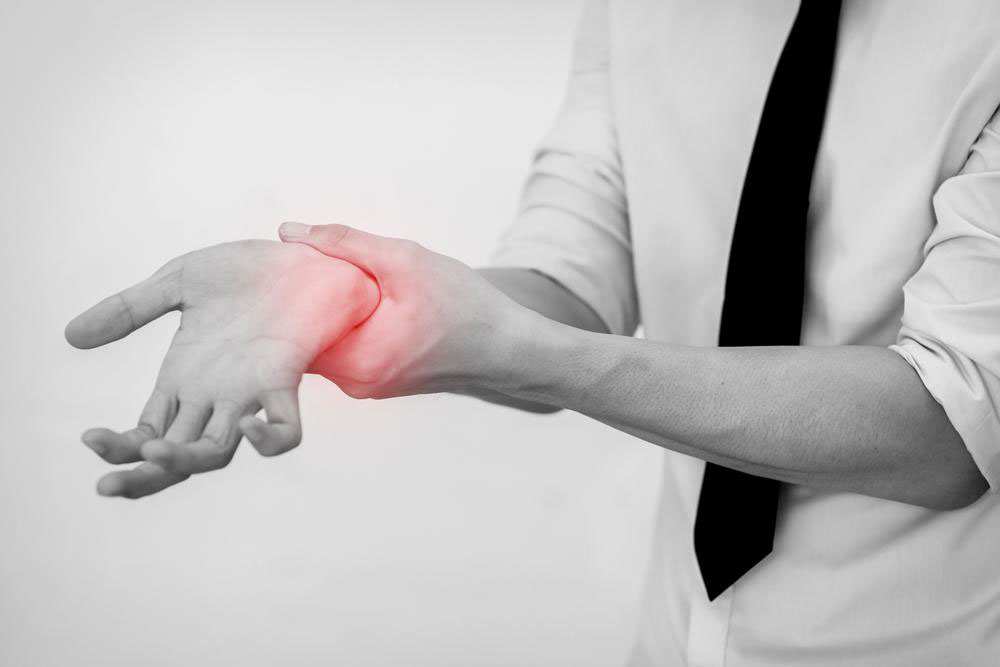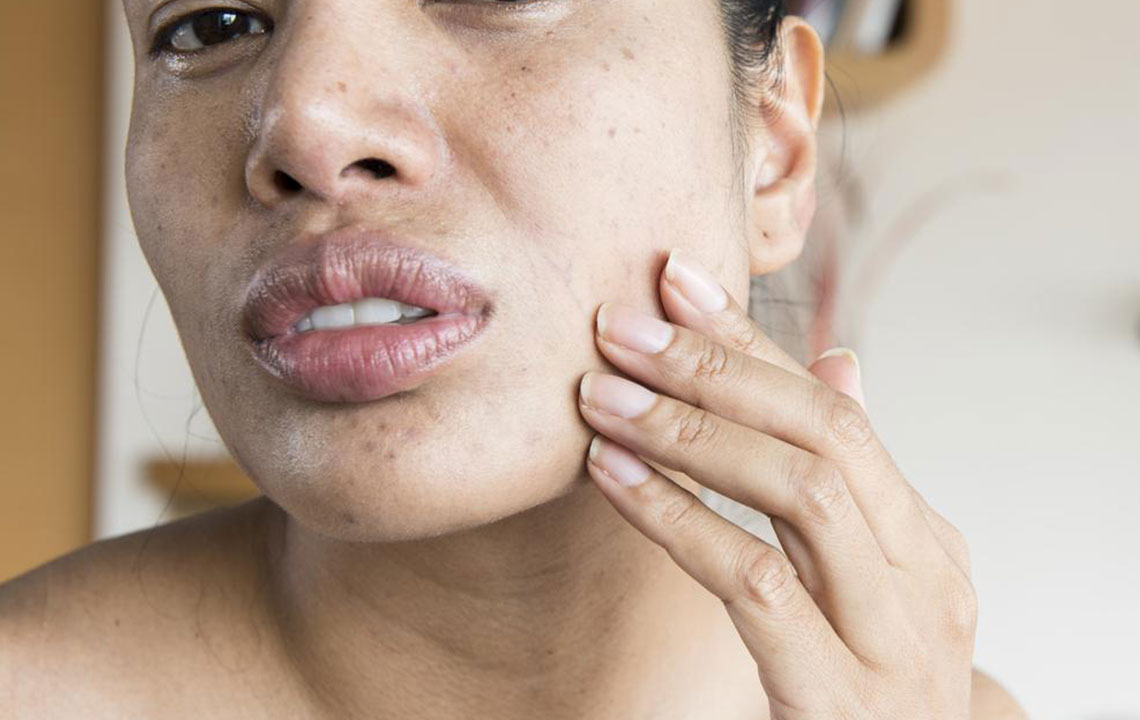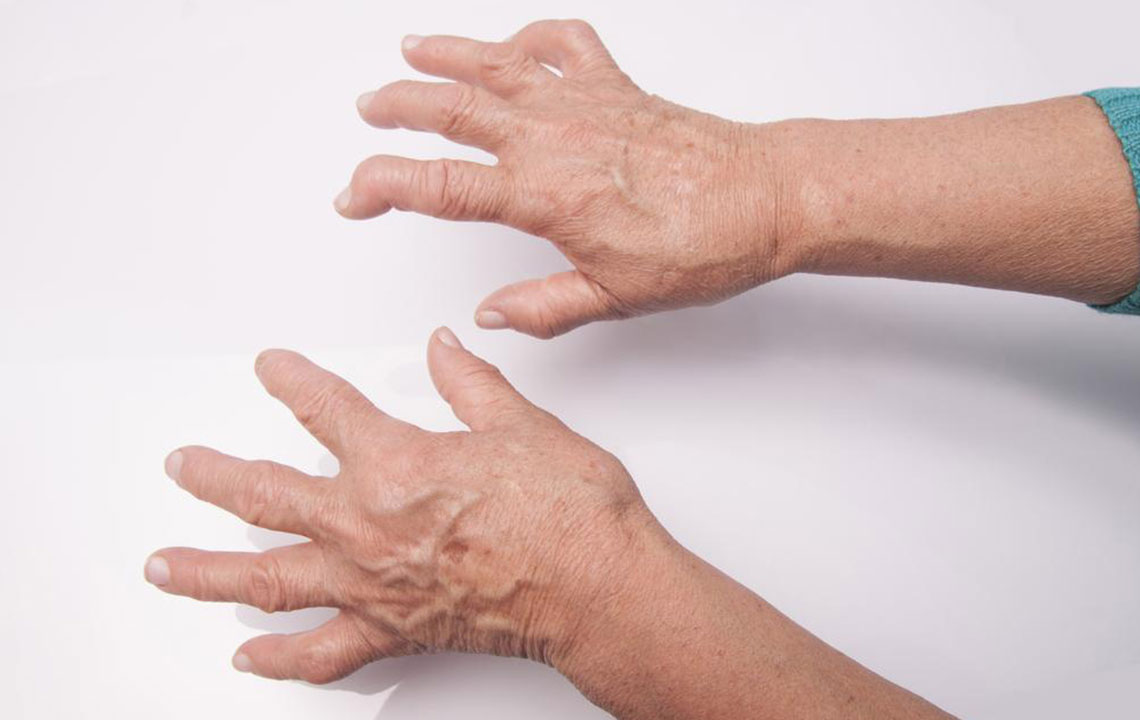Recognizing the 8 Key Signs of Lupus
This article outlines eight essential symptoms of lupus, emphasizing early detection and diagnosis. Recognizing signs like fatigue, hair loss, fever, kidney and lung inflammation, skin rashes, and joint swelling can facilitate prompt medical attention. The piece underscores the importance of consulting healthcare professionals if multiple symptoms coincide, aiding in better management of this autoimmune disease. Early awareness and treatment can significantly improve quality of life for affected individuals.
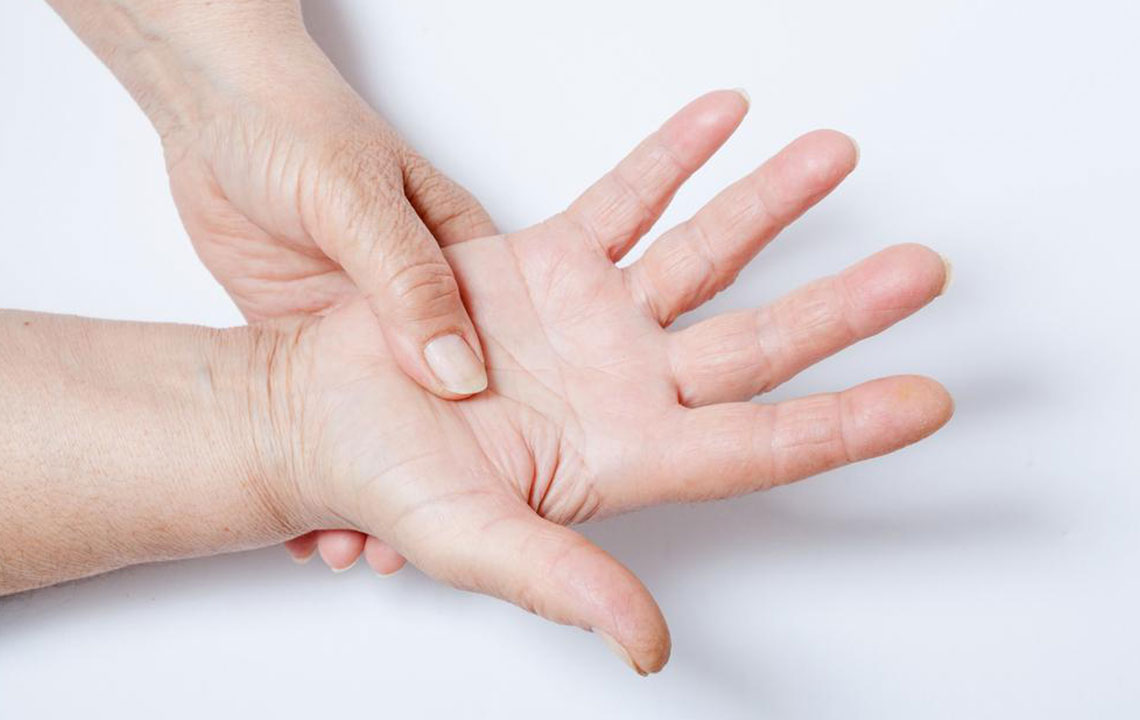
Lupus is a chronic autoimmune condition where the immune system mistakenly targets healthy tissues. While incurable, various treatments can enhance quality of life. Detecting lupus early is vital to initiating prompt therapy and managing symptoms effectively. It predominantly affects women aged 15 to 45, but with proper care, individuals can lead normal lives. Each person’s experience varies; some have mild symptoms, while others face severe complications. Early adulthood or around age 30, symptoms often begin to surface, making awareness crucial.
Understanding the symptoms that hint at lupus is essential. Many signs can be mistaken for other illnesses. If you notice three or more symptoms, consult a healthcare professional promptly.
Persistent fatigue: Feeling unusually tired is common in lupus. If it’s frequent or severe, medical evaluation is recommended.
Hair thinning or loss: Early indicator of lupus inflammation affecting the scalp and skin. It can impact eyebrows, eyelashes, or body hair, sometimes leading to patchy or fragile hair.
Recurrent fever: Mild fevers between 98.5°F and 101°F may be signs of inflammation. Persistent or recurring fevers warrant medical attention.
Renal inflammation: Kidney involvement, called nephritis, can cause dark or bloody urine, flank pain, and increased urination, often appearing within five years of initial symptoms.
Lung inflammation: Swelling in the lungs causes breathing difficulty and chest pain, often with symptoms like shortness of breath and chest discomfort.
Skin rashes: A butterfly-shaped rash across the cheeks and nose, triggered by sun exposure, is characteristic of lupus. Other skin lesions may also appear but are typically non-itchy.
Joint swelling and stiffness: Aching and swelling in joints, especially mornings, can progress over time and resemble arthritis.
Additional signs include dryness of mouth, eyes, and skin, muscle pain, dizziness, and seizures. Since symptoms vary, awareness aids early diagnosis and treatment, improving outcomes.
Disclaimer: The information shared is for educational purposes and should not replace professional medical advice. Always consult a healthcare provider for diagnosis and treatment options. Our content is research-based but may not cover all available therapies or recent advances.

